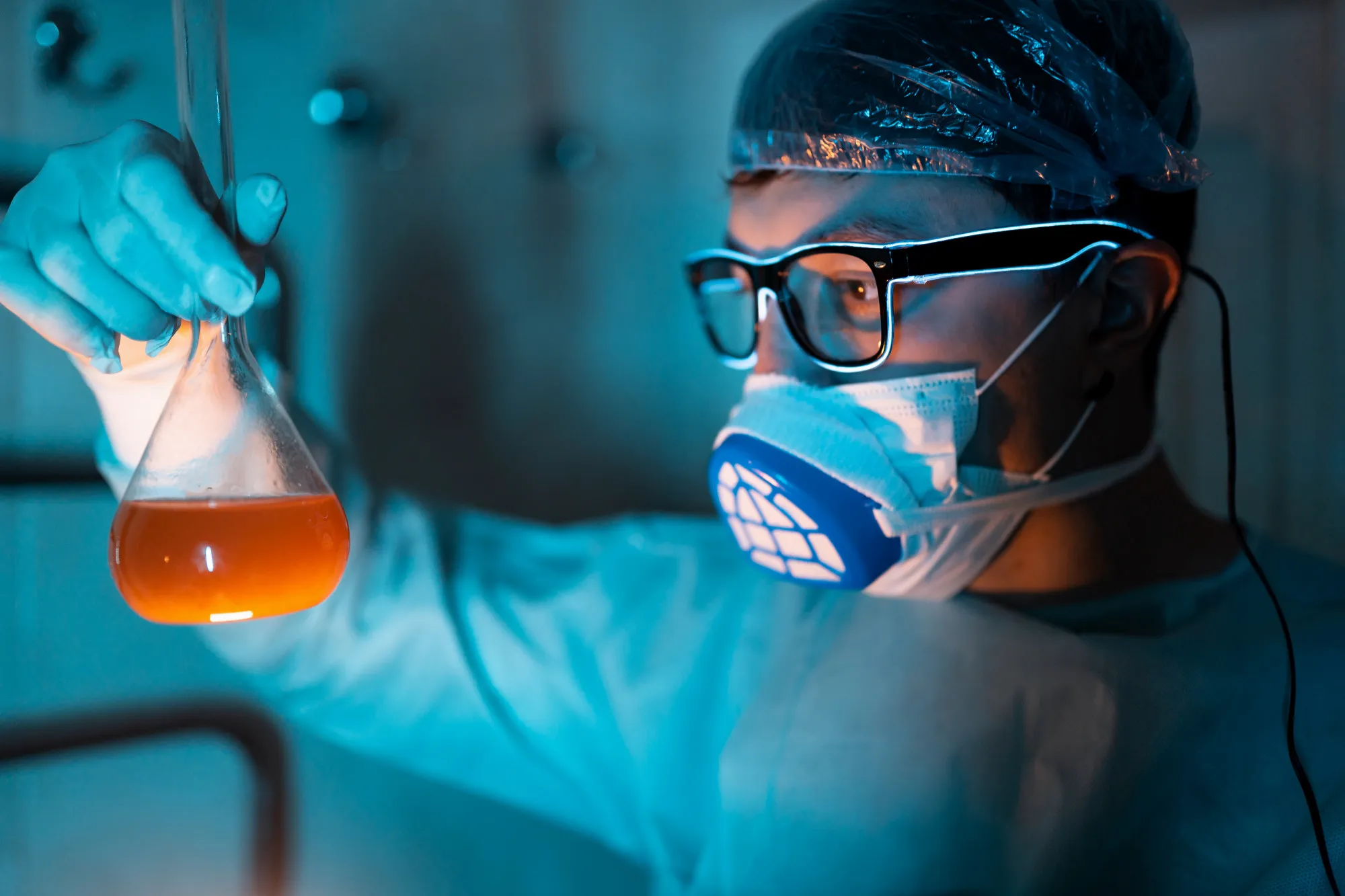DOI: 10.1016/j.aca.2023.342054
The quest for accurate and reliable methods of sample preparation in analytical chemistry has led to a significant focus on pyrohydrolysis. This intricate process, essential for the subsequent determination of halogens, has been extensively discussed in a recent review published on February 1, 2024, in “Analytica Chimica Acta”, a leading journal in the field of analytical chemistry (Oliveira et al., 2024). The review provides a detailed analysis covering three decades of research in the area, presenting pyrohydrolysis as a versatile method compatible with various organic and inorganic matrices, and applicable to an extensive range of samples with differing organic matter content.
Abstract
Chemists at the Universidade Federal de Santa Maria and Universidade Tecnológica Federal do Paraná in Brazil have collaboratively summarized the developments in using pyrohydrolysis for the preparation of samples, aiming to determine the content of halogens, such as bromine and other environmental analytes. This review seeks to consolidate the state-of-the-art in this domain, discussing the choice of samples, ranging from cellulose to nuclear fuels, as well as the different additives that can be employed in the process to enhance accuracy and precision.
Introduction
The primary interest in halogens arises due to their pivotal role in environmental monitoring and their presence in a wide variety of materials. Halogens, including fluoride, chloride, bromide, iodide, and astatide, are of particular concern for environmental and health reasons. Being part of agricultural chemicals, pharmaceuticals, and industrial residues, halogens can alter ecosystems and affect human health. Therefore, determining their presence and concentration accurately is of utmost importance.
Pyrohydrolysis: Technique Overview
Pyrohydrolysis is a process wherein a sample is thermally decomposed in the presence of water vapor, subsequently converting contained halogens into their respective hydrogen halides. The principle lies in the high-temperature reaction of these halides with water vapor, which ensures the complete release and subsequent collection of the halogens from the sample matrix.
Sample Matrices and Applications
Oliveira et al. (2024) highlight the broad utility of pyrohydrolysis across both organic and inorganic matrices. Organic samples such as cellulose, fossil fuels, carbon nanotubes, and graphite can have variable organic matter content, leading to sample masses ranging from 50 mg to 500 mg. Inorganic samples, like rocks, silicates, alumina, and nuclear fuels, can be substantially larger, going up to 4 g. Pyrohydrolysis has been employed across different fields, including environmental analysis, agriculture, and industrial quality control.
Additives in Pyrohydrolysis
The review by Oliveira et al. (2024) also meticulously examines the role of additives in the pyrohydrolysis process. Additives such as V2O5 can be crucial for facilitating the decomposition of samples and enhancing the transfer of halogens into detectable forms. The judicious choice of additives is influenced by the type of matrix and the specific halogens being determined.
Analytical Techniques for Halogen Determination
Post-pyrohydrolysis, the halogens are typically analyzed using ion chromatography or spectrometric techniques. Ion chromatography offers high sensitivity and precision, making it an ideal choice for environmental analysis. Spectrometric techniques may include ICP-MS or atomic absorption spectrometry, which are used based on their sensitivity to the specific halogens and the matrix type.
Advances and Challenges
While the review celebrates the strides made in the field, it also underlines practical challenges, such as calibration and matrix effects that could impact the precision of the results. Continuous efforts are being made to address such challenges, refine these methods, and develop standardized protocols for their implementation.
Impact of the Study
The review’s comprehensive coverage of the literature on pyrohydrolysis signifies its immense contribution to the field of analytical chemistry. Researchers and professionals now have access to a consolidation of decades of research that can be used as a reference for selecting the best sample preparation method for halogen determination.
Conclusion
Oliveira et al. (2024) conclude that although time-tested, pyrohydrolysis continues to be an integral part of the analytical toolkit, especially in determining halogen content in diverse samples. Its robustness, adaptability, and compatibility with subsequent analytical procedures underline its enduring utility.
Declaration of Competing Interest
The authors have clearly stated that they have no known competing financial interests or personal relationships that might have influenced the results reported in their paper.
References
1. Oliveira, D. K., Cauduro, V. H., Moraes Flores, E. L., & Flores, E. M. M. (2024). Pyrohydrolysis as a sample preparation method for the subsequent halogen determination: A review. Analytica Chimica Acta, 1288, 342054. https://doi.org/10.1016/j.aca.2023.342054
2. Ion Chromatography in Environmental Analysis. (n.d.). Retrieved Month Day, Year, from a relevant environmental analysis reference source.
3. Analytical Techniques in Spectrometry. (n.d.). Retrieved Month Day, Year, from a relevant spectrometry reference source.
4. Understanding Additives in Pyrohydrolysis. (n.d.). Retrieved Month Day, Year, from a relevant chemical additives research source.
5. Challenges in Analytical Chemistry. (n.d.). Retrieved Month Day, Year, from a relevant challenges and solutions in analytical chemistry source.
Keywords
1. Pyrohydrolysis sample preparation
2. Halogen determination methods
3. Ion chromatography environmental analysis
4. Spectrometric techniques analysis
5. Organic inorganic matrix compatibility
The seamless integration of pyrohydrolysis in modern analytical protocols for halogen determination positions it as a foundational technique in the realm of analytical chemistry. This review not only advances knowledge in the field but also serves as a stepping stone for future research exploring the vast applications of pyrohydrolysis in environmental monitoring and beyond.
